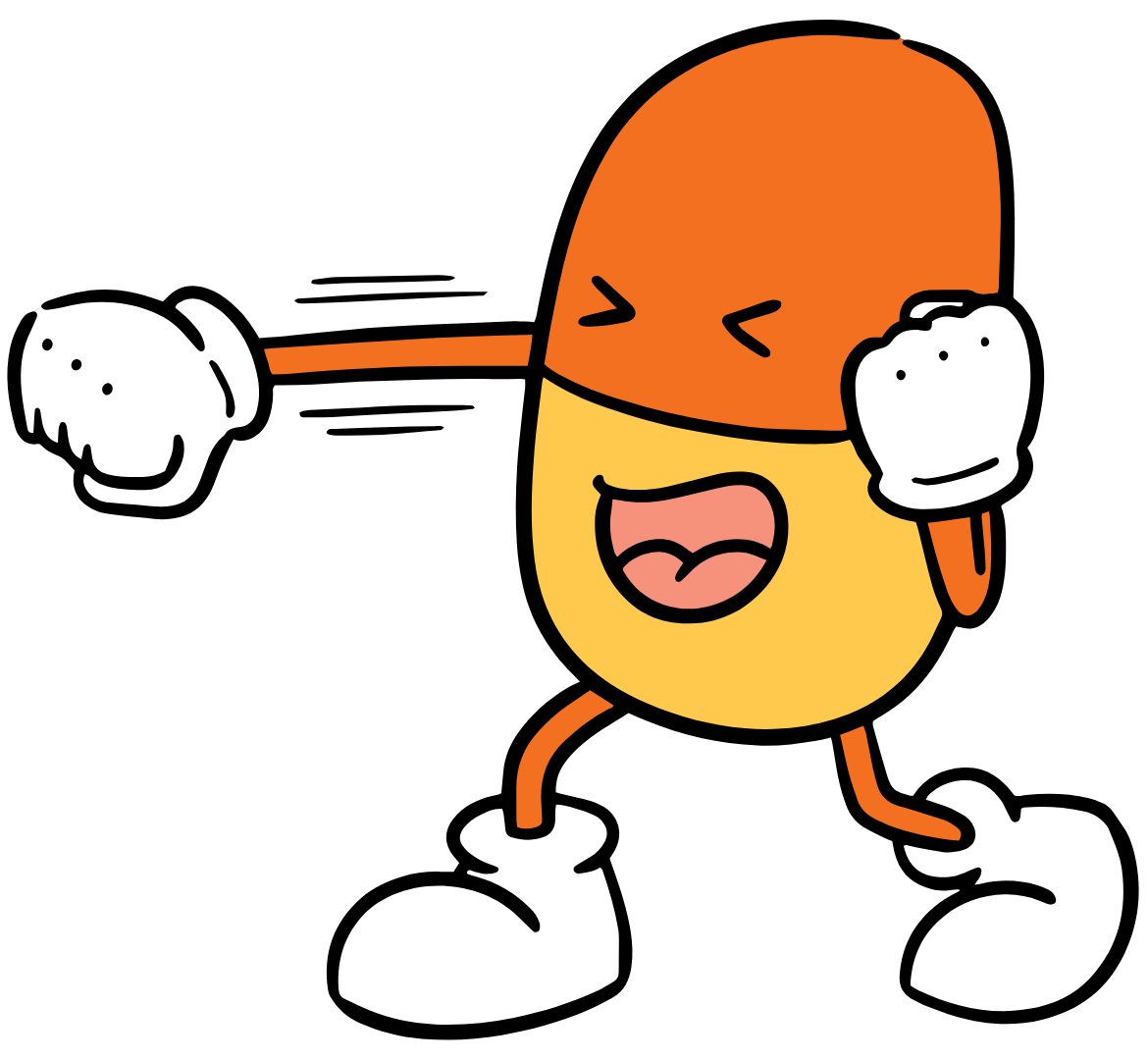How Long Does Ketamine Pain Relief Last?
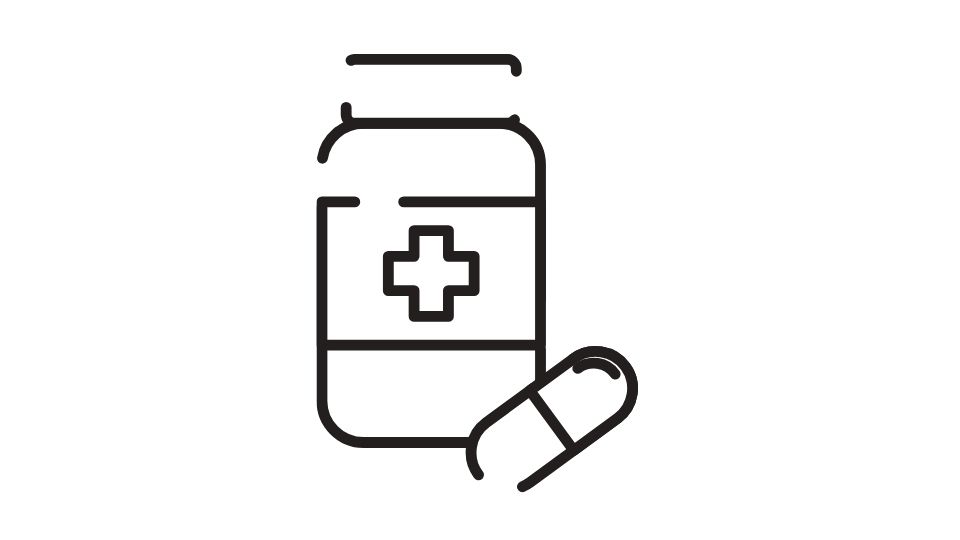
Ketamine for Pain Relief: How Long Does it Actually Last?
Ever been stuck in a pain cycle that just won’t quit? Maybe you’ve heard about ketamine as a potential solution. But the big question on everyone’s mind is – how long does the relief actually last?
I’m not here to sell you a miracle cure or scare you away from a potentially helpful treatment. Instead, let’s dive into what the research actually shows about ketamine’s pain-relieving effects – with a healthy dose of my opinion sprinkled on top.
Skip ahead:
- Understanding ketamine basics
- Duration of pain relief
- Factors affecting how long relief lasts
- How ketamine actually works
- Treatment schedules
- The bottom line
Understanding Ketamine for Pain Management
Ketamine isn’t new – it’s been around since the 1960s as an anesthetic. But using it for chronic pain? That’s a more recent development.
If you’re dealing with conditions like neuropathic pain, complex regional pain syndrome (CRPS), or other stubborn pain issues that laugh in the face of traditional treatments, ketamine might be worth considering.
Unlike your typical painkillers that just mask symptoms, ketamine works by actually “resetting” your nervous system’s pain pathways. Think of it like rebooting your computer when it’s glitching – sometimes you need to turn it off and back on again to fix the problem.
How Long Does Ketamine Pain Relief Last?
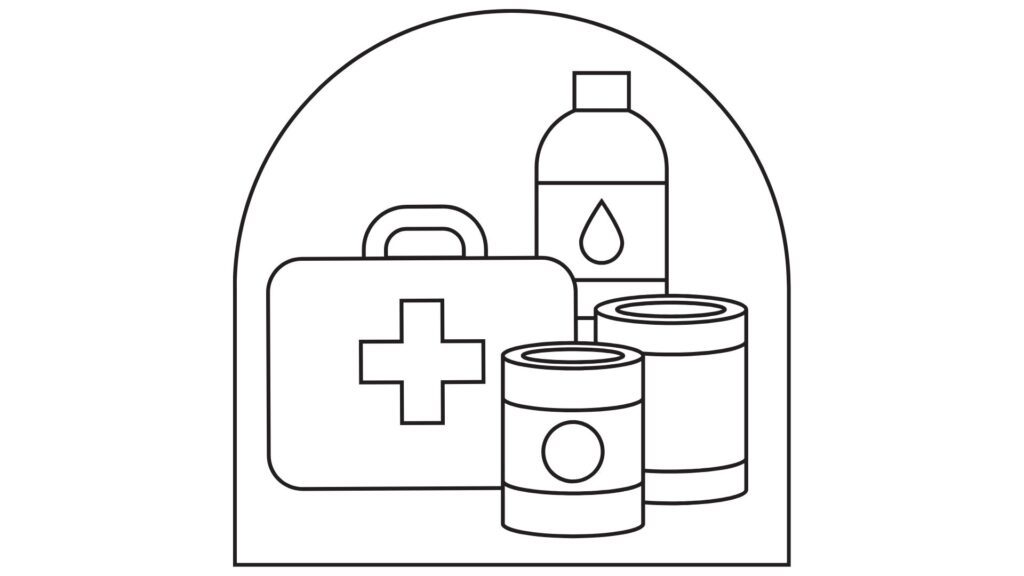
Here’s the honest truth – it varies wildly from person to person. Some people get relief for days, others for weeks or even months.
The typical breakdown looks something like this:
- Single infusion: Relief might last from a few hours to several days
- Initial treatment series: After completing a series of infusions (usually 6-8 over a few weeks), relief can extend to weeks or months
- Maintenance treatments: Many patients need periodic “booster” infusions every 3-6 weeks to maintain relief
One study on ketamine for neuropathic pain found that the half-life of ketamine’s pain-relieving effects is around 10-11 days in conditions like CRPS. That means the relief sticks around way longer than the actual drug stays in your system.
And that’s the fascinating part – ketamine doesn’t just mask pain while it’s in your bloodstream. It actually triggers changes in your nervous system that can persist well after the drug is gone.
The Impressive Numbers
In a series of properly administered ketamine infusions:
- About 70% of patients experience significant pain reduction
- Many report 50% or greater decrease in pain intensity
- Relief can last anywhere from 2 weeks to 3 months after the initial series
But let’s be real – your mileage may vary. Some people are “super-responders” who get months of relief, while others might only get a week or two.
Factors That Affect How Long Relief Lasts
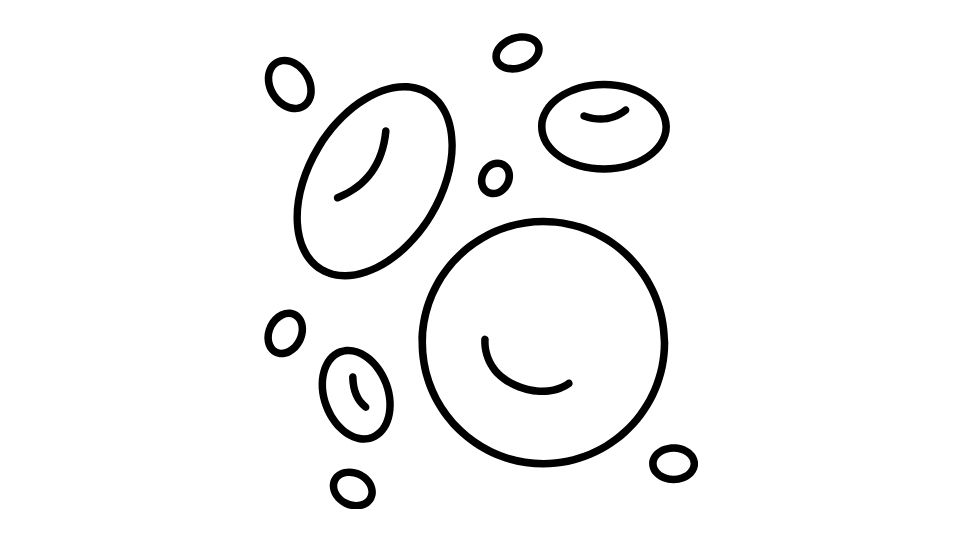
Why such huge variations in how long the relief lasts? Several factors come into play:
Your Specific Pain Condition
Neuropathic pain and CRPS often respond differently than other types of pain. The Cleveland Clinic reports that these conditions might require more aggressive treatment protocols but can sometimes see longer-lasting effects.
Your Personal Brain Chemistry
We’re all built differently at the neurochemical level. How your brain processes and responds to ketamine is as unique as your fingerprint.
Treatment Protocol
The dosage, frequency, and duration of your ketamine treatments make a huge difference. Higher doses don’t necessarily mean longer relief (and often mean more side effects).
A typical protocol might look like:
- 6-8 initial infusions over 2-4 weeks
- Each infusion lasting about 40 minutes
- Maintenance infusions every 3-6 weeks as needed
Complementary Therapies
Ketamine works best when it’s not flying solo. Combining it with physical therapy, psychological support, or other pain management strategies can significantly extend the duration of relief.
How Ketamine Actually Works for Pain
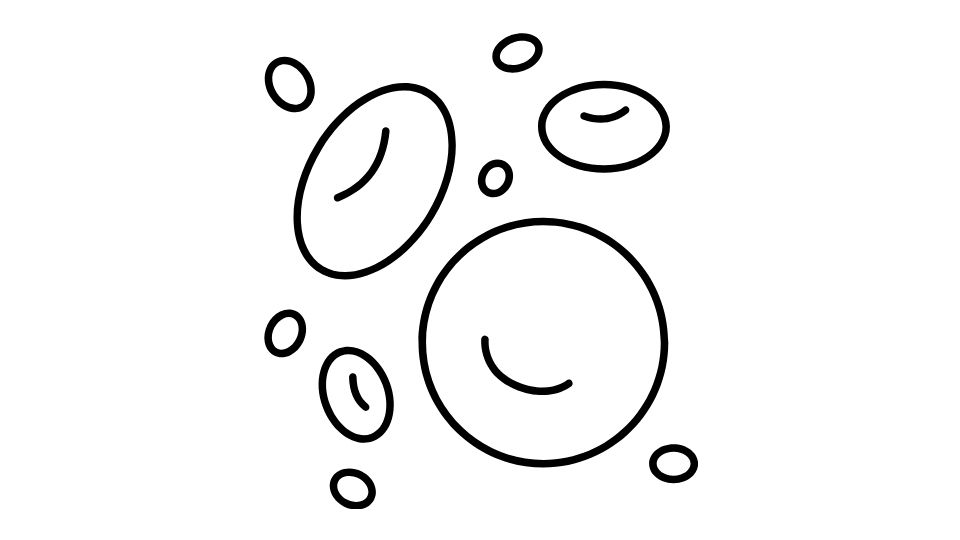
This isn’t your grandma’s pain reliever. Ketamine operates through several fascinating mechanisms:
NMDA receptor blockade – It blocks these receptors that play a key role in amplifying pain signals. Think of it as turning down the volume on your pain.
Neuroplasticity promotion – Ketamine helps your brain form new connections and pathways, potentially allowing it to process pain differently. According to research in Nature Reviews Neuroscience, this is what gives ketamine its longer-lasting effects.
“Resetting” pain pathways – It helps break the cycle of central sensitization where your nervous system becomes hypersensitive to pain.
Anti-inflammatory effects – Some evidence suggests ketamine reduces inflammation in the nervous system, which contributes to pain relief.
The coolest part? These mechanisms explain why ketamine can provide relief long after it’s left your system. It’s not just masking pain – it’s changing how your nervous system processes pain signals.
Typical Treatment Schedules
If you’re considering ketamine treatment, here’s what you might expect:
Phase 1: Initial Series
- 6-8 infusions spread over 2-4 weeks
- Each infusion typically lasts about 40 minutes
- Relief builds progressively with each treatment
Phase 2: Maintenance
- Booster infusions every 3-6 weeks as needed
- Some patients eventually need them less frequently
- Others may require regular ongoing treatment
According to the American Society of Regional Anesthesia and Pain Medicine, some protocols for severe cases even use multi-day continuous infusions in a hospital setting, though this is less common.
A Word on Side Effects
While we’re focusing on how long the relief lasts, I should mention the side effects don’t typically last long. Most people experience:
- Feeling “floaty” or disconnected during the infusion
- Mild dizziness or nausea
- Some confusion or drowsiness
These usually resolve within a few hours after treatment. The more concerning side effects are rare but possible with long-term use, which is why medical supervision is crucial.
The Bottom Line: Is Ketamine Worth It?

So, is ketamine worth trying for chronic pain? If you’ve tried everything else with little success, it might be.
The pain relief from ketamine isn’t permanent – let’s be clear about that. But for many people suffering from treatment-resistant pain conditions, getting weeks or months of relief can be life-changing.
Remember that ketamine isn’t a one-and-done solution. Think of it more like a reset button that might need to be pressed periodically.
And while we’re on the subject of life-changing treatments – let’s not forget that exercise, proper nutrition, stress management, and sleep remain the foundational pillars of health. Ketamine might help break the pain cycle, but building these healthy habits is what helps keep it at bay.
If you’re considering ketamine for pain, talk to a pain specialist who has experience with ketamine protocols. And make sure they’re looking at your pain holistically – the best results come when ketamine is part of a comprehensive treatment plan, not the whole plan.
The research on ketamine for pain continues to evolve, with clinical trials ongoing. What we know for sure is that while it’s not a miracle cure, for the right patients, it can provide significant windows of relief in otherwise unrelenting pain.
